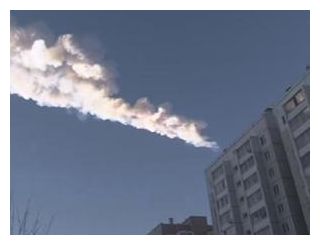
Cape Town - Residents across Cape Town claimed to have sighted a meteorite on Tuesday after what appears to have been a fireball "exploded" in the sky.
It is said to have been sighted just after noon. Nicola Loaring, an outreach astronomer at the South African Astronomical Observatory, said they had received about four or five reports.
The green and blue light with a white tail that was reported to them appeared to be that of "a fireball, which is a bright meteor".
Fireballs were caused by dust formed in space that enter Earth's atmosphere.
"There are two meteor showers in March with one peaking on March 13 and this could be related to that.
Loaring said another meteor shower would start later this month and peak in April."
"Meteor showers are best viewed in the morning. Up to eight an hour can be seen," Loaring said.
People shouldn't be alarmed since these were "common and predictable".
Company director John Houston captured part of the event on camera while he was driving on the N1 from Stellenbosch.
There was a "huge" explosion that left a white cloud close to the Durbanville hills, he said.

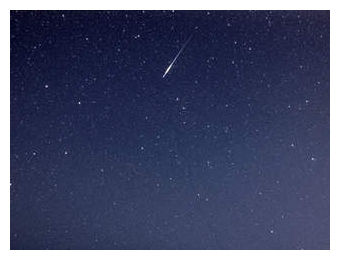
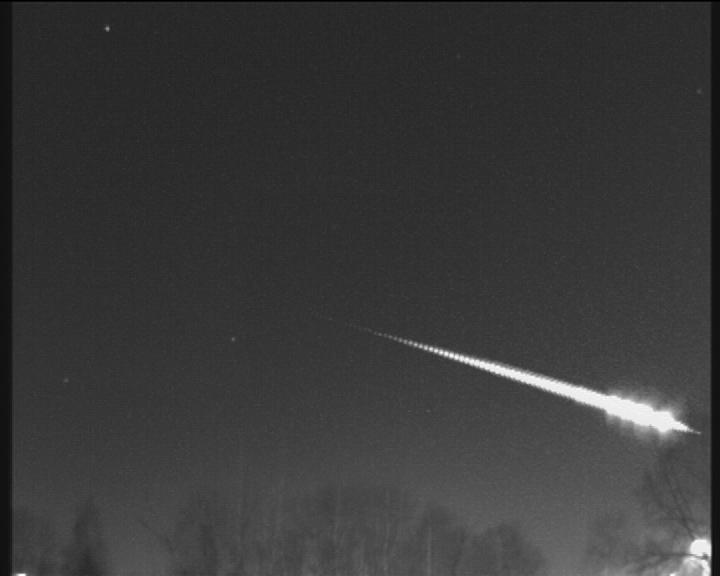
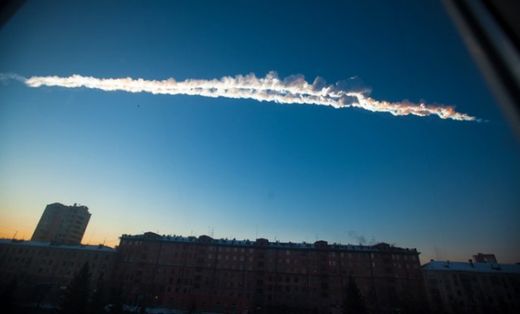
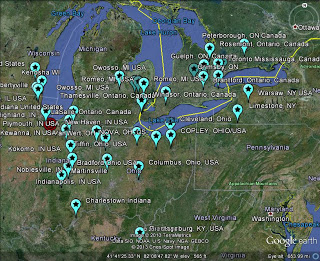




Comment: Bright green fireball expodes over Poland, resulting in shockwave and 'mighty roar'